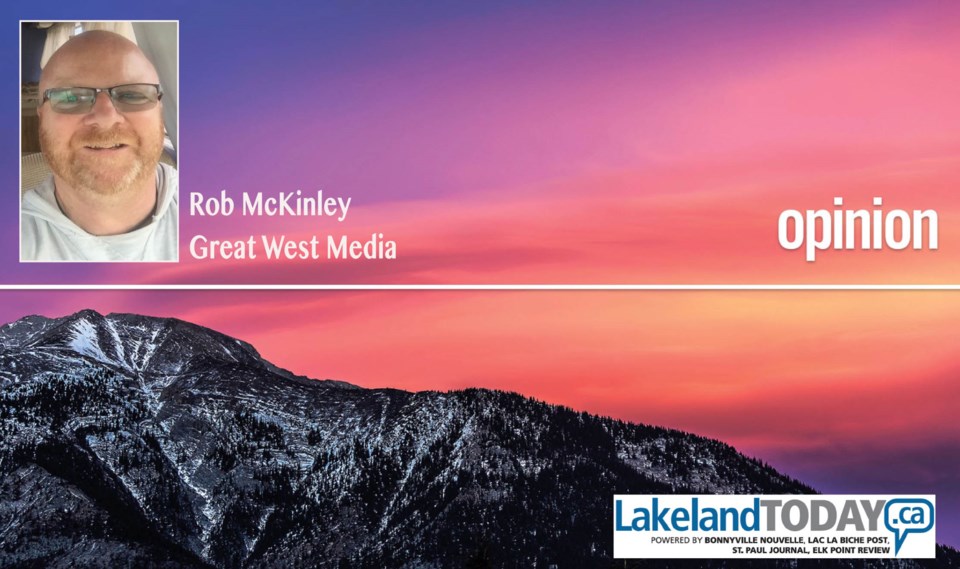One voice. That's what a group of northeastern Alberta mayors, reeves and Indigenous leaders consider themselves. The collection of local politicians from more than two dozen rural and Indigenous communities across the region have met regularly in recent years to join issue and voices in an area that many say is ignored by provincial legislators. In recent months, they have ramped-up their focus, they say.
They aren't the first group to try to bring attention to the region.The issues are not new, neither are the feelings of being left out and isolated. Go back 10, 20 ... 60 years and the northeast has felt the cold shoulder of the centric-based decision makers of the province. The Lac La Biche community, for example, although being a gateway to the Lakeland and corridor to vast natural resources was barely ever listed on provincial tourism maps. No mountains — not coverage. Funding for roadways, new infrastructure, social projects all seemed to miss the northeast. The former Improvement District 18 (S) — which much of what is now rural Lakeland used to fall into — was governed by an elected advisory board. The real decision-making control of the area — right up until barely two decades ago — was overseen by provincial officials. The elected officials of the I.D. council that stretched from Cherry Grove to Wandering River, made decisions that needed ratification from the provincial government. With the fox guarding the henhouse, it's really no wonder the Lakeland continues to have communities with sub-standard infrastructure. Highway 28, the ribbon that connects most northeastern Alberta communities, remains a patchwork trail in the north, despite recent upgrades closer to the Edmonton area. And each northern community has its own specific roadway issues. Within Lac La Biche County, for example, there's still a numbered Alberta highway with a 12-kilometre stretch of gravel surface — and it's not some barely-used back-road, Highway 858 is the main roadway that frames the northern shores of the community's namesake lake.
There are indigenous communities in our region that must deal with 'boil-water' orders on a regular basis, communities where volunteers patch up local halls at old-fashioned work bees, and more recently, there are communities where residents can no longer receive guaranteed healthcare services.
Like the leaders who came before them, the current network of the region's mayors, reeves, settlement and band council executives will have their work cut out for them. From their most recent meetings — including one just last week — healthcare and infrastructure are their main focal points. The group is even drafting a strongly worded letter to provincial officials on those topics.
Will it be enough? Will it be anything at all? While this group has the best of intentions, even with more governmental freedoms to make decisions and calls for action than their predecessors, will they be heard? Perhaps the time for strongly-worded letters has passed.
There are MLAs who cover the same constituencies, speak with the same people and hear the same community issues from our leaders. These MLAs then go to the heart of Alberta politics and sit with the people who can do something about these issues. But the issues remain.
This isn't about having another group of passionate people using one voice to get their messages heard. For the people of northeastern Alberta, this continues to be about who is listening.



